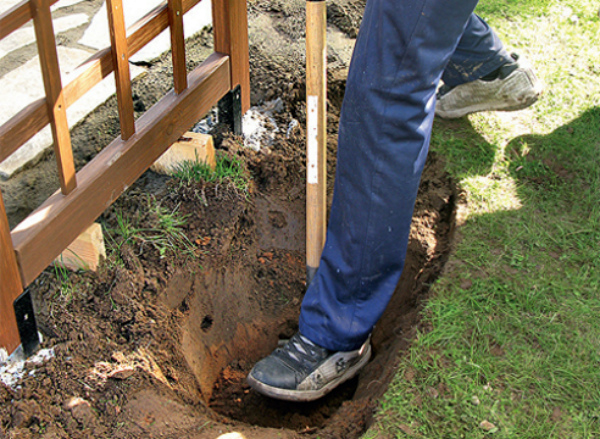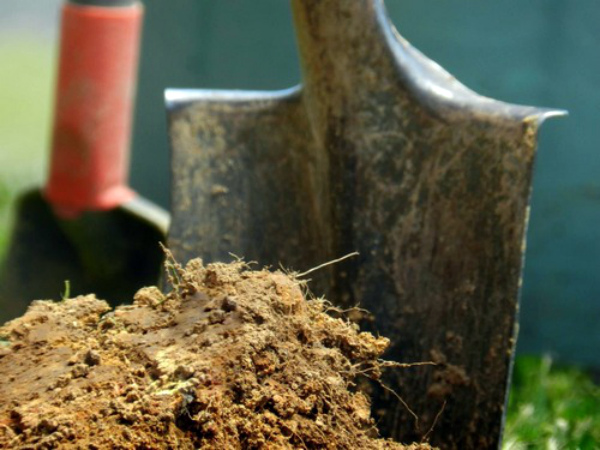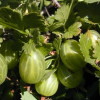Gooseberry Ural emerald: features and planting
Content
Description
If we talk about the description of the bushes, then they are of medium size, are slightly spreading. Quite a lot of shoots grow on them. There are thorns on the branches along the entire length. The leaves are endowed with different sizes, wrinkled, the surface is glossy. They have 5 blades and are colored dark green. The pink and rather large flowers usually bloom early, so bees and bumblebees have an excellent opportunity to pollinate them. Due to the presence of thorns, many gardeners prefer to protect their hands during the harvesting process with plastic bottles that are pre-cut on both sides.
As for the description of the berries, they received from nature large sizes, each weighing about 6, 5 - 7, 5 grams. The berries are oblong in shape, they are characterized by green color and sweet and sour taste. The fruits contain sugars in the amount of 9, 3%, organic acids - about 2, 2%, pectins, vitamins, tannins. Such a rich chemical composition makes the berries of this variety very useful for human health. In addition to describing the bushes and fruits, it is worth mentioning other features of this type of gooseberry. It has an early ripening period and a high or medium yield. It can be from 2 to 5 kg per adult bush. Since the homeland of the variety is Western Siberia, it is endowed with good winter hardiness. But cultivation can also be carried out in regions with a warmer climate.
Video "Description"
From the video you will learn the description and characteristics of the gooseberry varieties.
Landing
For planting such bushes, it is advised to choose open and well-lit areas. Shrubs are not afraid of temperature fluctuations and the presence of wind. It is best to choose a loose loamy soil.
You can not plant bushes of this variety on high-rise canopies and in the lowlands. Planting should be planned for late September - early October. You should be guided by the weather forecast for this year. In any case, the bushes should be planted at least 3 weeks before the expected onset of frost.
Seedlings in the presence of a well-developed mother bush on the site can actually be produced using horizontal layering. Over the summer, they will acquire an excellent root system. And then, with the arrival of autumn, they can be separated from the bush and transplanted to the chosen place. Organic fertilizers must be placed in the prepared hole.
You can not plant bushes where groundwater comes close to the surface. It is advised to create a flower bed with a height of up to 50 cm and side dimensions of 70 by 70 and 80 by 80. Large pits are required only if you are dealing with land in which there are few useful substances.
It is advised to mix the topsoil with compost and humus. Don't forget to add 1 glass of ash as well. In the case of planting in the spring, it is recommended to add about 500 grams of complex feeding or up to 200 grams of urea.
Care
The complex care of shrubs of this type includes a pruning procedure, moderate watering, weeding and periodic application of organic and mineral fertilizing.
Top dressing should be done in 3 stages. In the spring, you need to use organic matter (manure) and mineral fertilizers (urea). The condition of the bush should be assessed during flowering and ripening of berries. If the shrub grows well and looks good, has large green leaves, then it does not need fertilizers with a high nitrogen content.
You can add potassium-phosphorus fertilizing in the amount of 20 - 100 grams. Autumn feeding provides for an increase in the degree of winter hardiness of the bush. Here you need to use potash fertilizers and those that contain phosphorus and trace elements. The calculation is 20 - 100 grams of fertilizer per 10 liters. Frequency - 2 or 3 times.
Pruning and shaping the bush is needed to combat crown thickening and increase yields. Yields can be high on branches up to 8 years old. For older crops, anti-aging pruning is often used. It is necessary to remove old and low-yielding branches. Remaining on the bush should not be more than 8 - 20 pieces. Every year you need to remove a couple of shoots, and it is permissible to start such an adjustment from 4 to 5 years.
Diseases and pests
Although the variety has strong immunity to disease, prevention never hurts. Eradication spraying is best planned in early spring or late fall. You should use 150 grams of copper sulfate, dissolved in 10 liters of water. You can take 300 grams of ferrous sulfate.
Such spraying is permissible only until the buds open. After flowering, it is advised to use the preparations "Aktara", "Arrivo", "Mospilan". For prophylaxis, the "Ridomil" remedy is also perfect. Weeding will help remove weeds that can hide pests. In spring and autumn, deep digging of the soil is necessary. At the same time, the ground must be sprinkled with ash. Removal and burning of dry and damaged branches, collection and disposal of fallen leaves are also carried out.
Harvesting
The variety belongs to the early ones, so the harvest usually falls in late June - early July. It is possible to collect 3-5 kg of berries from each shrub. The storage of berries can be carried out in a basket made of shaving tape with a volume of up to 2.5 kg for up to 5 days. Unripe fruits can be collected in containers up to 5 liters and stored for no longer than 5 days. They should not be damaged or wet.
If transportation is required, containers with solid walls are taken. When harvesting for quick processing, it is permissible to use a large container. The collection is best done in dry weather. Since practice shows that the fruits collected after the rain cannot be stored for a long time.
Video "Growing"
From the video you will learn how to grow gooseberries.




